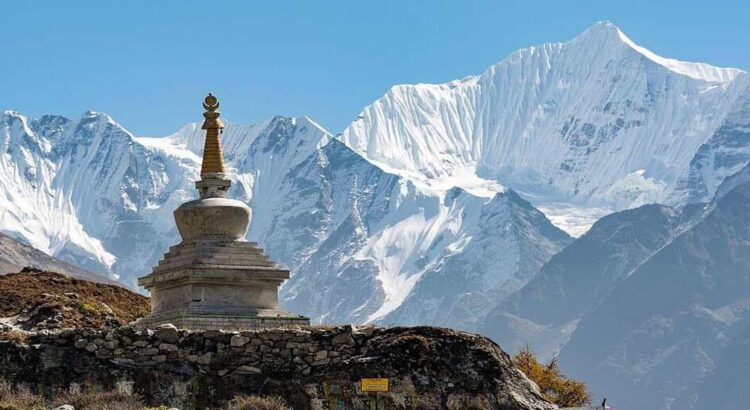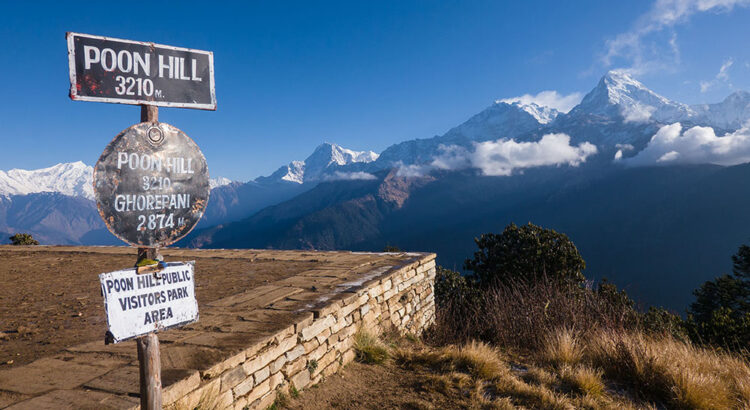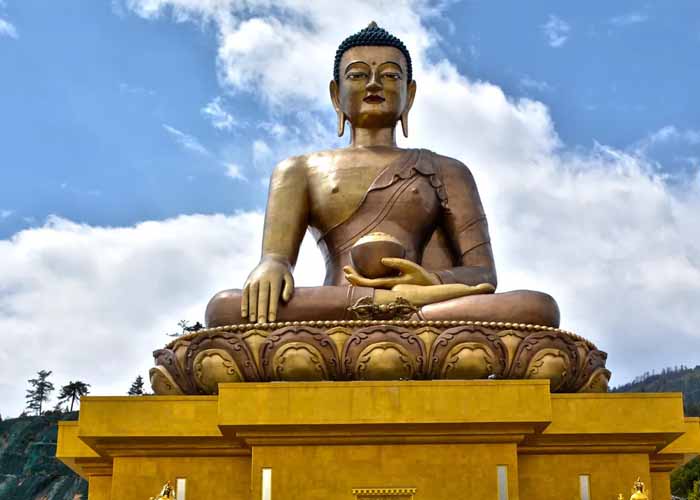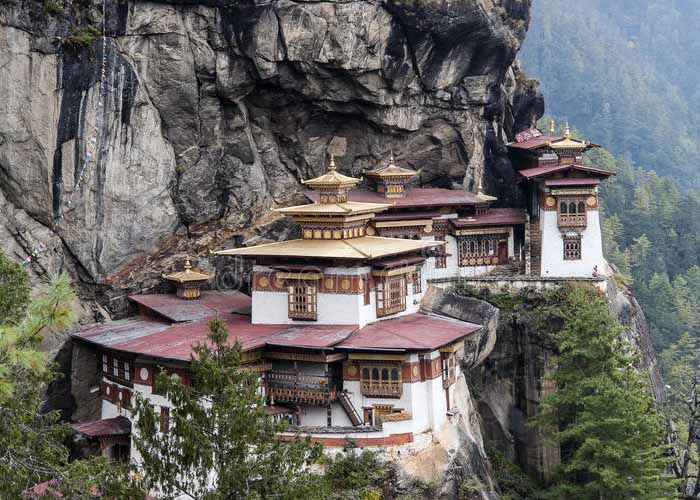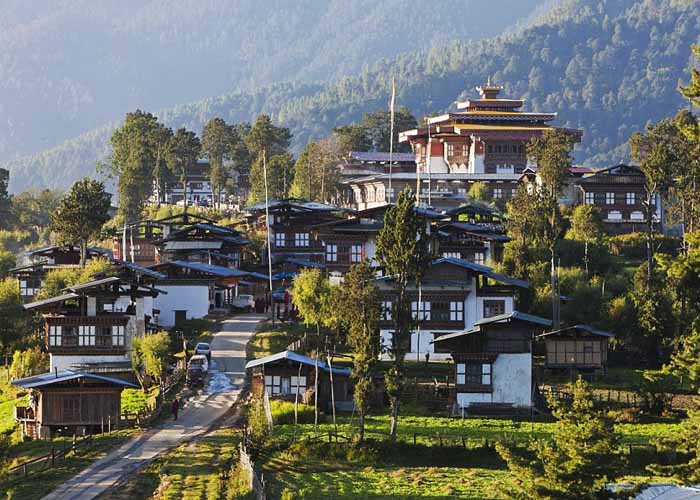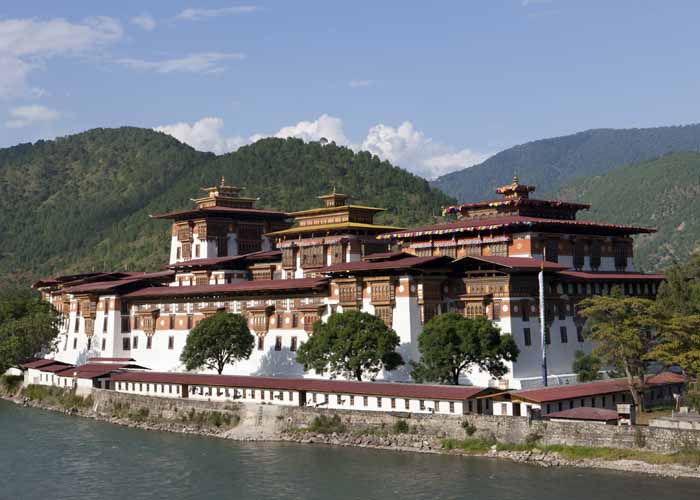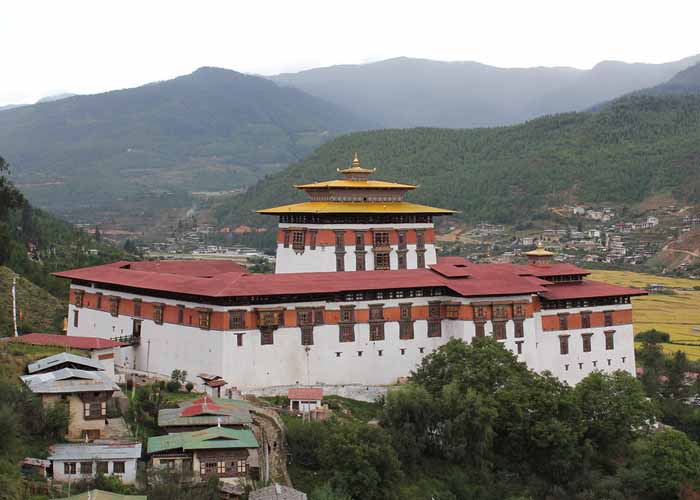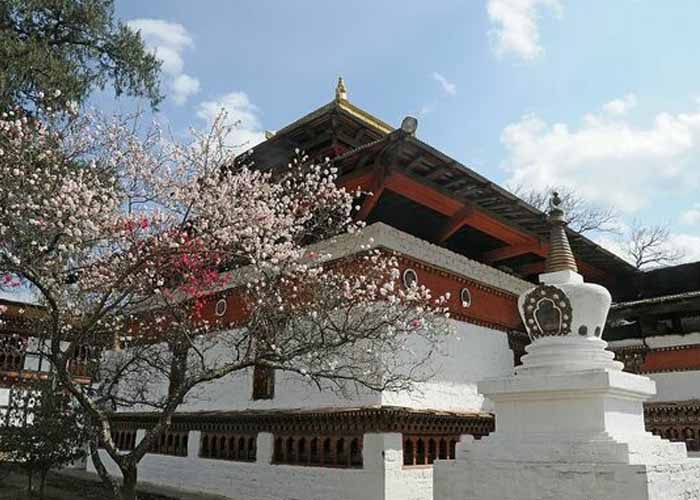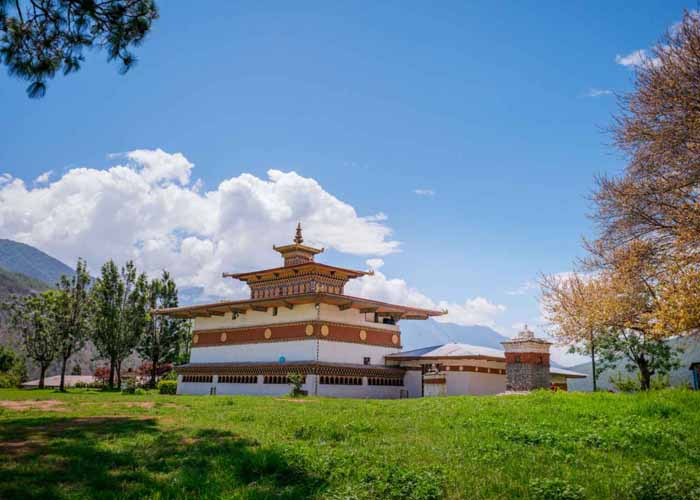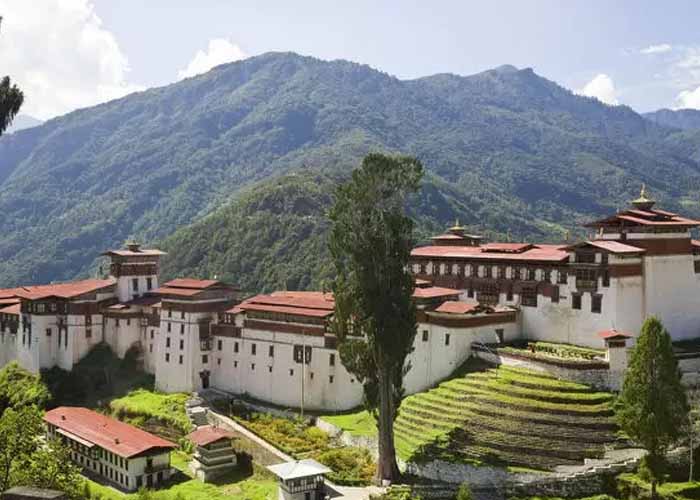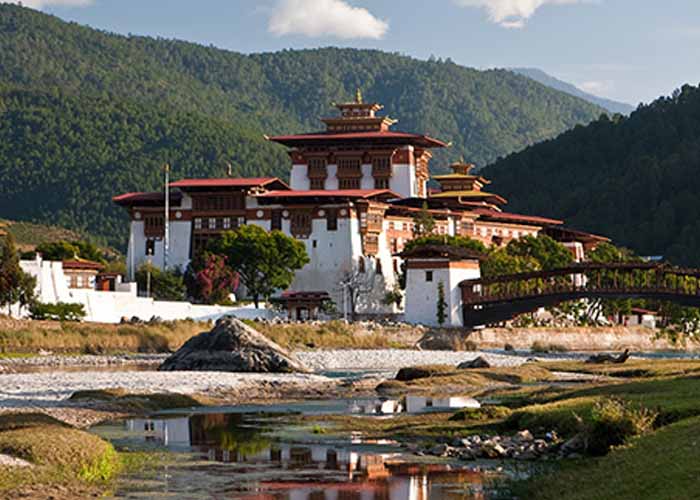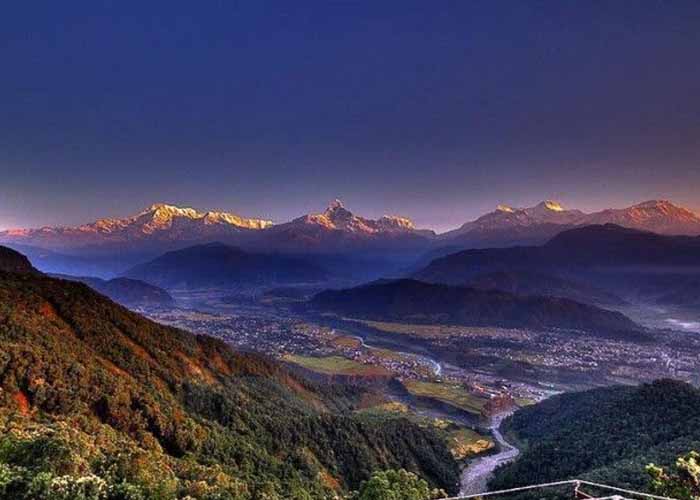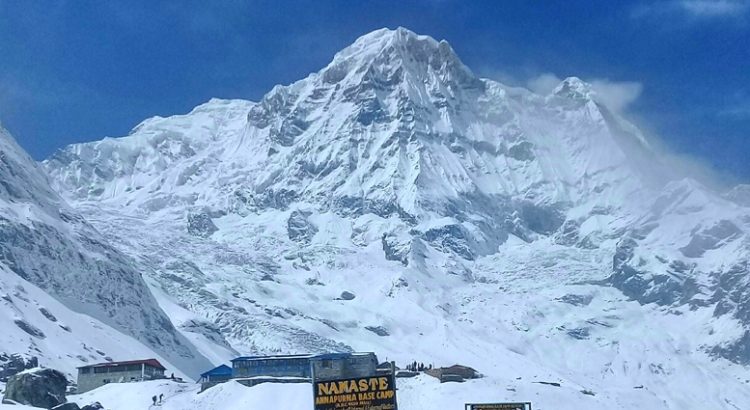Island Peak (6,189 m)
Also known the Imja Tse, is a mountain that is located in the Himalayas of
eastern Nepal. The summit appears to be an island within an ice sea when seen
from Dingboche. This is why it was designated as Island Peak in 1953. Island
Peak nestles in the center of Khumbu region of the Sagarmatha National Park. It
is situated the middle of Ama Dablam and Lhotse peaks the peak is regarded as a
tougher climber’s summit by climbers.
Island Peak Climb is amazing views of stunning panoramas of the Himalayan mountains valleys, and stunning glaciers. Island peak is famous because of its difficultness and beauty that shines within its Everest region. On the way you will be able to explore the stunning culture, tradition and religion and religion Himalayan Sherpa population. It is possible to see stunning glacial moraines Buddhist temples, prayer rock formations, and many other small choirs.
It is possible to see
breathtaking Himalayan ranges including Nuptse Peak, Lhotse Peak, Lhotse
Middle, Lhotse Shar, Mt Makalu, Ama Dablam and more. You will also traverse to
the Sagarmatha National Park where you will encounter a variety of species of
the flora as well as fauna.The hike is demanding due to the high altitude. The
toughest part is the headwall that is steep at the top to the ascent.
Additionally, there are numerous crevasses that lead up to the top, which means
you should be extremely cautious when you continue your climb.
What is difficult
about the island peak climbing?
Climbing up a mountain is
a hazardous sport. It’s not easy. Island summit is an tough climb at a high
altitude. Before you embark on the Island peak it is important to understand
the dangers of climbing up to higher altitudes. Consider seriously the climb or
physical difficulties. During the hike or climb the oxygen level in the air is
lower at higher altitudes. This is why you have to adjust to the deficiency of
oxygen slowly as you walk.
The first portion of the
climb is physically challenging. It is a difficult terrain with a elevation of
more than 5500m. Once you are in an area of glacier, you will need to climb up
a rope and put on crampons. The headwall’s foot is the most difficult part to
climb. The ascent is steep, and the air is thins. However, the route is secure
due to fixed lines. If you are determined you can make it your summit’s ridge.
The climb up from the summit ridge to the summit is a quick and simple ascent.
While mountaineering it
is your responsibility to take care in your own safety. If you do not keep your
hygiene in check and ensure security, the mountain is not for you. The climb up
to Island Peak Base Camp (5,100m) is not an easy job. If you opt to climb
Island peak in the 10-day trek this will lower the chances of achieving achievement.
If you opt to extend the duration of the hike it is more straightforward. Be
familiar with the mountains, the weather and the climatic conditions that
prevail there. This will help you climb.
Best Time to Island
peak Climb
The best times for
climbing Island summits are during April months, May, October and November.
The weather and
temperature during these times are perfect for climbing. The weather isn’t as
wet like it is during the wet season. Also, the precipitation is less.
Additionally, you won’t need
to endure the extreme cold during winter. Being active and climbing during the
peak season’s time increases the chances of being successful.
Location of Island
Peak
Island Peak is situated
in the Everest region of Nepal. It is situated precisely across the Nepalese
and Tibetan border. The summit extends from Lhotse as well as The Everest.
There is only one access
point to climb Island summit i.e its trek that passes through Lukla. We travel
from Kathmandu to Lukla Airport from Kathmandu, TIA. On the flight you could be
able to see Everest. However, Island Peak remains hidden until you reach Bouche
on the 6th or the 7th day of our trek. As you trek through the Everest region
and you will arrive at Island summit.
Weather Conditions at
Island Peak
When you climb Island
Peak Island Peak, you can enjoy a variety of temperatures. The month that you
plan climbing, temperatures vary from +30degc up to 15degc.
March, April, the end of
September, and the month of October are the best months to Island Peak climb. When
climbing during the months of April, May, and September, you’ll have
temperatures that range between 0degc and 15degc during the daytime. But,
temperatures drop to 5degc–10degc at night in Island Peak.
Most mornings, it’s cold
in your tent. However, as the sun rises up, it becomes warmer. If the weather
is windy and cloudy this can make it seem more cold. If it is colder you’ll
require 4 layers to bid for the summit. However, for the initial few days of
your hike, a single layer suffices.
Be prepared for all kinds
of weather when climbing Island the peak.
Fees and Permits for
Island Peak Climb
You require permission
for climbing Island Peak. You’ll need permits to access in the Sagarmatha
National Park as well. Along the way there are security checkpoints. You will
need to show your permit to get through these checkpoints. You’ll require these
two permits:
Local (Everest Region)
Area Permit: Nrs. 2000 ( US $20)
Island Peak climbing
permit cost in accordance with each season:
March, April, and May: US
$250
June, July, and August:
US $70
September, October, and
November: US $125
December, January, and
February: US $70
Permits are required for
the protection of the environment and your security. Avoid them. We recommend
that you obtain your permit from the associated organisations in Kathmandu
Accommodations
On treks you’ll stay in
several tea houses that are located on the trail. In contrast, you have to
adjust to tents when you start climbing. The camping experience begins at the
Base Camp.
The majority of teahouses
have shared rooms with decent bathroom facilities. For the tent you will
receive a sleeping bag for four seasons and a foam mattress. Toilet facilities
will be made available in accordance with the required natural preserves.
When you trek in the
upper elevation it is necessary to share your room with two other people. It is
possible to get an individual room by paying additional charges. There are
however some instances that you might not have single rooms.
Preparations for
Island Peak Climb
To be successful at an
Island Peak Climb, your physique is a key factor. It is essential to be in good
shape, beginning with your fitness level and progressing to your climbing and
trekking experience.
It could take you one
year (in the maximum) or 4 to 6 months to prepare in preparation for the
mountain. The previous experience you have had with mountaineering are crucial.
The secret to success is built upon your ability to adjust to the deficiency of
oxygen as well as your previous experience with technology.
When you are adjusting to
a mountain setting it is necessary to adjust to the challenges of living in a
tent, and keeping your personal hygiene in check. Maintain your attitude
positive and you’re already moving toward your goal of success.
Hill walking is an
essential and simple exercise you can take part in. When you do this you can
enjoy a simple climb up the Island summit.
Gear and clothing to
Island Peak Climb
A comfortable hiking boot
to wear for climbing towards Island Peak Base Camp.
The right gloves can
ensure your fingers are warm during summit night. Also, gloves should be
comfortable while climbing with carbines, ropes, or other equipment for
mountaineering.
A warm hat and buffs to
protect your mouth. A buff helps keep moisture in your mouth, and keeps your
throat moist and your neck warm.
A down or fleece jacket.
Wear them in the evening and also to make the summit, you can use them for.
Camera and other
accessories
Lightweight trekking
pants. It is recommended to wear thermal clothing for the summit night.
Sockliners Wool socks, a
few lighter layers.
(Clothing and gear can
vary based on the seasonand months of climbing.)
Essential Kits for Island
Peak Climb
Tips for Island Peak Climbing
Avoid Spring Snowfall and
Winter Winds. The climb is not as easy between the months of December and
mid-February. The heavy snowfall and the frigid winds on high altitude (-40C)
make the summit difficult. From February through March, the climb may be
challenging due to the heavy fresh snow.
Be sure to have the
appropriate training. Physical fitness is the most important requirement to be
able to Island Peak climb. It is a strenuous climb that stretches from 5,100m
to 6,189m. The toughest portion to climb involves the long section of the
headwall that is steep before you reach an esplanade. Local hill climbs or
stair climbs with a little weight are the best way get ready for the hike. You
must be able to do a long hike.
Take the proper clothing
and equipment. With the proper gear, you can help you make your climb
enjoyable. You may even be unable to climb due to poor packaging. Make sure you
take care to pack your backpack with the appropriate clothes, equipment and
equipment.
Climb with a professional
climbing guide who is certified. It is impossible to climb by yourself unless
you’re a skilled climber. You must ensure that you’re climbing with an
experienced climbing Sherpa who will repair ropes, supervise training and take
you safely on and off to the Island Peak.
Create a right
acclimatization schedule. When you’re over that danger level i.e between 5,500m
and 6,189m, it is essential to follow the correct acclimatization program.
Acute altitude sickness is a serious issue to be dealt with. Therefore, take
your time and get acclimatized.
Experienced with altitude
before. Experience with climbing or trekking experiences can help in the
preparations in preparation for Island Peak. It is easier to be able to cope
with varying oxygen levels as well as to geographic challenges if you’re not a
novice.
Learn the knots. If you
want to climb Island Peak, you must be able to tie various knots to climb.
Additionally, you should be able to use all equipment for climbing, including
ice axes and crampons.
Be positive! Positive
attitude toward the experience can affect your satisfaction and your
performance. The trek through the Himalayas is never easy. It’s not always
easy. Stay positive and focused and you’ll achieve success.
Read More


